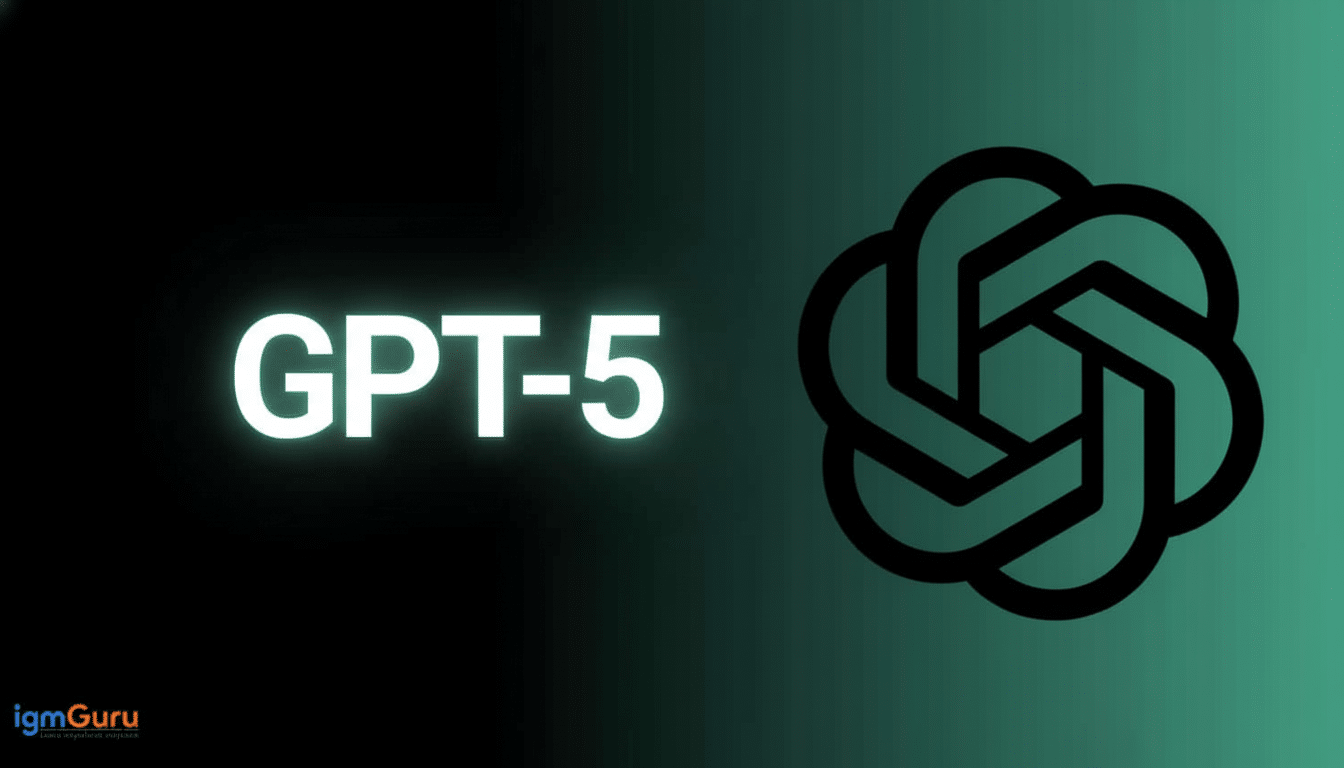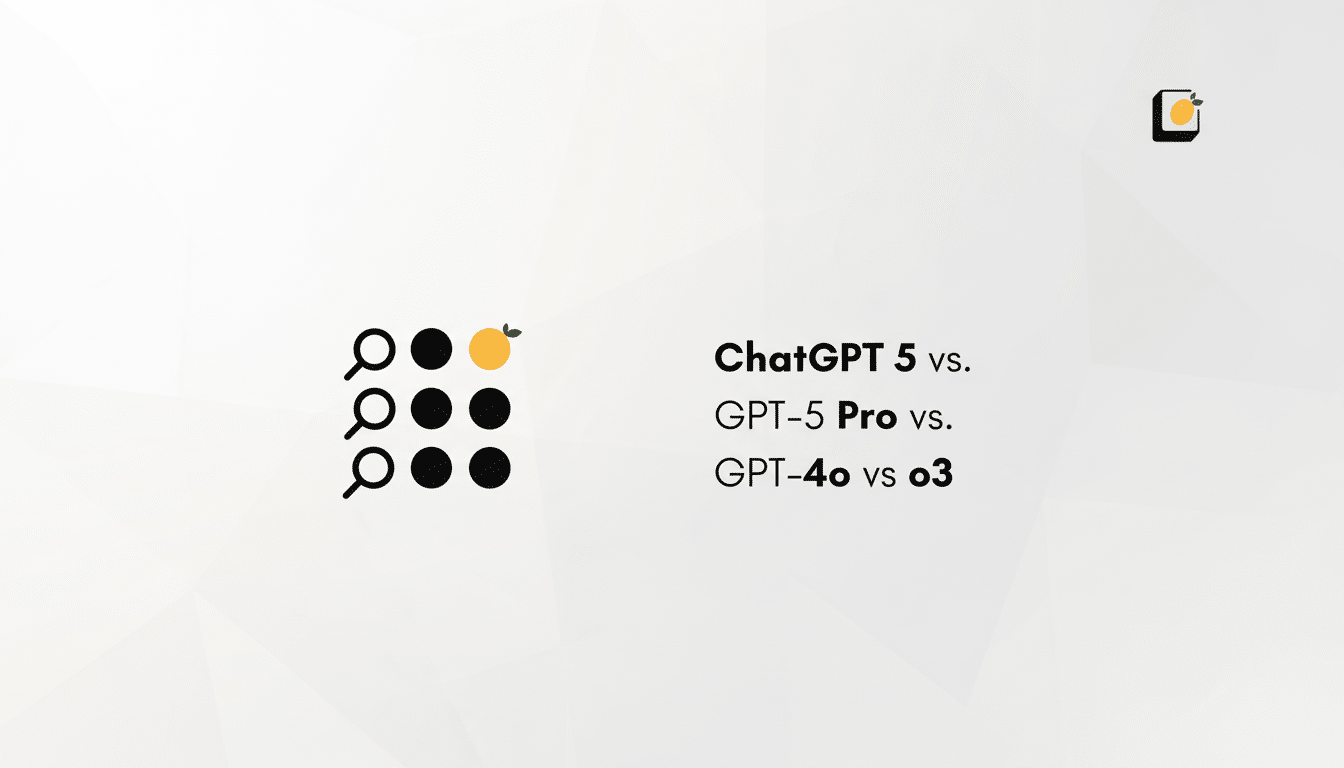OpenAI is casting a wider net with three API offerings that delve into language, voice, and video. The company released GPT-5 Pro, its newest flagship language model; opened a preview of the Sora 2 video generator in the API; and debuted a smaller, cheaper real-time voice model targeted at low-latency conversations. With new tools for creating agents and apps within ChatGPT, the message is clear: keep building here — and do it faster.
The strategy plays into where the market is going. Enterprises want sharper reasoning, richer modalities, and predictable costs; developers want fewer hops between prototyping and production. OpenAI’s slate of new tools is an attempt to be the end-to-end stack for that journey.

A Flagship Model for High-Stakes Enterprise Work
GPT-5 Pro is designed for domains where precision and the ability to go deep matter the most, like finance, legal, and healthcare. OpenAI claims the model advances systematic reasoning and factual reliability, two of the pain points historically behind manual review and expensive human-in-the-loop workflows.
How this plays out in practice will turn on how much evaluation is transparent. Independent initiatives such as Stanford HAI’s HELM and the academic benchmarks that support enterprise procurement have exposed gaps between demo performance and real-world robustness. The degree to which each of these measures will be predictive for developers, however, is likely not just a question of whether they can outperform benchmarks but how consistent that is across long prompts, tool-use fidelity, and error calibration.
Real-Time Voice for Less in Latency-Sensitive Apps
The gpt-realtime mini also offers streaming speech interaction (though at an approximately 70% lower cost than OpenAI’s previously available premium-voiced offering) as well as comparable expressiveness, according to the company. That price difference adds up: voice agents are pretty good at accidentally incurring a lot of tokens, and latency-sensitive use cases such as customer support or voice search or accessibility tools can find it difficult to be cost-effective when prices aren’t aggressively low.
Technically, the bar is conversational smoothness with low delay; sub-second turn-taking is often what separates an “AI demo” from a usable tool.
By doubling down on smaller-footprint models aimed at quick responses, OpenAI is recognizing that for most use cases, speed and cost per interaction take precedence over raw peak intelligence.
Sora 2 Video Comes to API Preview for Developers
Dev-related: Offering a fresh approach to music composition on the web and available in preview, Sora 2 lets developers try text-to-video generation with synchronized sound for more granular creative control — the kind of camera directives, stylized looks, and scene coherence that leads to flair. The push transforms a consumer-facing tool into a software ingredient: ad concepting, rapid storyboarding, product walkthroughs, or even educational content pipelines.

OpenAI described Sora 2 as a tool that is meant to be used during the early stages of the ideation phase. That’s in line with how creative teams function: flesh out a sketch into a cinematic reference, iterate, and pass to production. It also positions OpenAI in the fight with video-focused players like Runway and Pika, as well as research-led efforts from big labs exploring high-fidelity video generation and soundtrack alignment.
Agent Tools And In-Chat Apps Are A Signal Of A Platform Play
Aside from the models, OpenAI also unveiled a tool for building agents and the capability to build applications directly inside of ChatGPT. This reflects what is a broader trend in the industry that builds up orchestrating tools — retrieval, function calling, and also structured workflows — on top of one managed surface. It also cuts down on the glue code that teams have developed using frameworks such as LangChain and LlamaIndex.
If it becomes popular, ChatGPT could even serve the role of a runtime for lightweight enterprise apps with the API managing heavier backend work. That bundling could prove to be sticky for big developers who, by now, want fewer vendors and tighter integration across modalities.
All Of This Matters In A Crowded AI Stack
OpenAI’s pitch comes at a time of fast-moving consolidation. Google’s Gemini family is in the lead in context window breadth, Anthropic’s Claude family is stronger on reliability and reasoning guardrails, while open models such as Llama are making progress on cost and customization. Cloud distribution matters, too: Microsoft’s Azure OpenAI Service and Amazon’s Bedrock play into where developers deploy and how they do so — even when they’re playing through third parties.
Cost, latency, reliability — that will sort the winners and losers for large-scale production workloads. McKinsey estimates that generative AI could provide trillions in annual value — but only if systems can pass the corporate bar for safety, auditability, and uptime. Most enterprises will use generative AI APIs or even embedded apps in the near future, and this trend will speed vendor consolidation and standardization.
Signals to Watch Next as OpenAI Expands Its Stack
Developers will wonder about hard numbers: context window sizes, function-calling accuracy, streaming stability, pricing that holds under production scale. Open evaluation — particularly on reasoning, hallucination rates, and tool use — will be crucial, as called for by academic audits and safety research communities. Compliance aspects linked to upcoming rules, such as the EU AI Act, will also impact enterprise take-up.
OpenAI has previously said its platform is being adopted widely, including by developers, consumers, and large companies. With GPT-5 Pro, a more affordable real-time voice model, and Sora 2 going into the API, the company is betting that a richer multimodal toolkit — when combined with agent and app scaffolding — will keep builders within its orbit and push more proofs of concept into shipped software.

